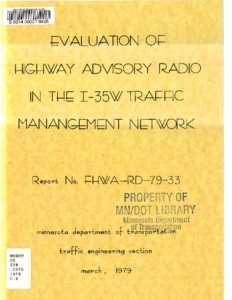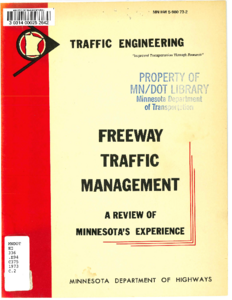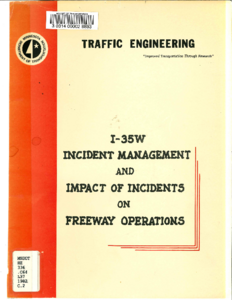Displaying results 1 - 10 of 13
Development of a Queue Warning System Utilizing ATM Infrastructure System Development and Field Testing
Date Created
2017
Report Number
2017-20
Description
Safety Impacts of the I-35W Improvements Done Under Minnesota's Urban Partnership Agreement (UPA) Project
Creator
Date Created
2017
Report Number
2017-22
Description










